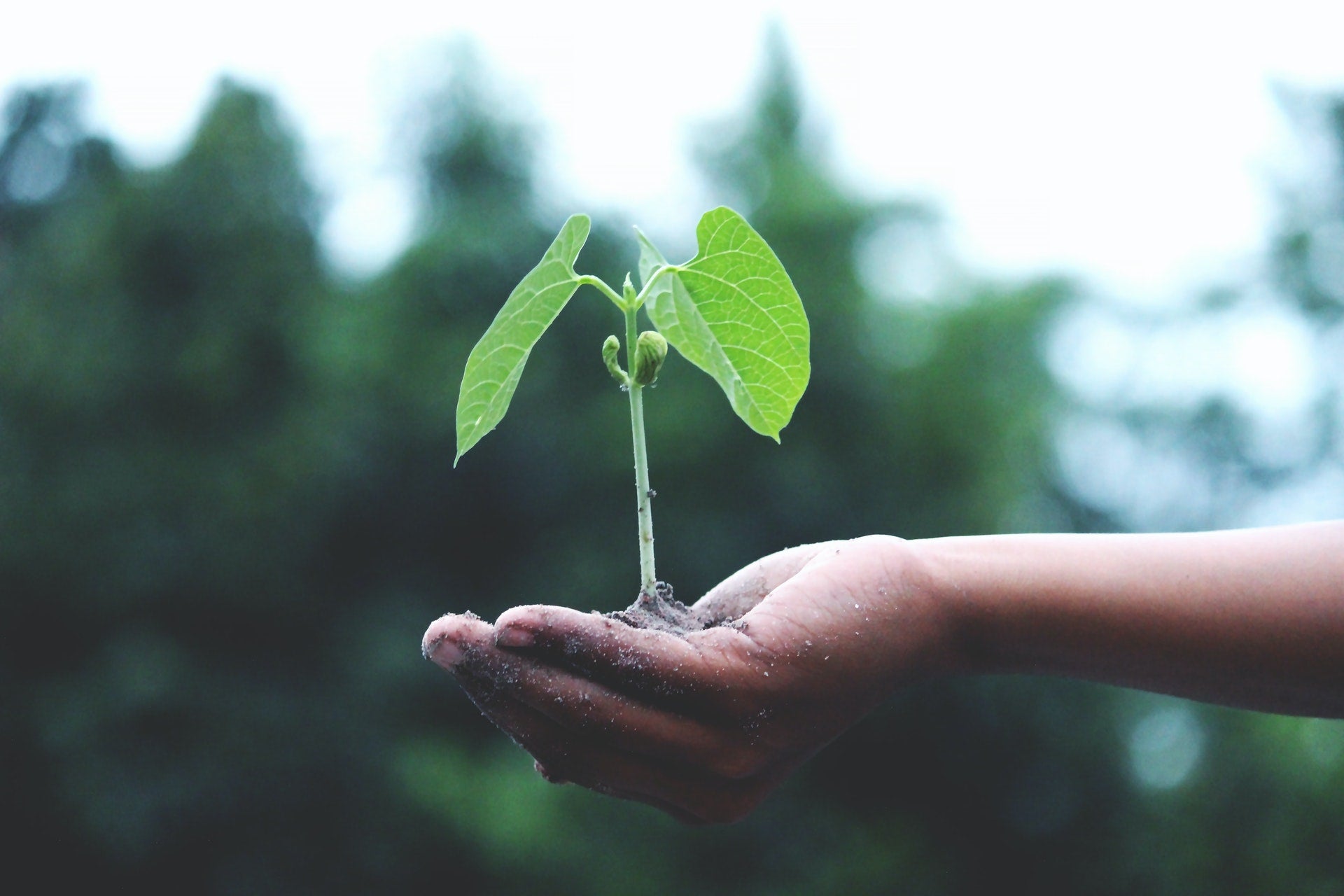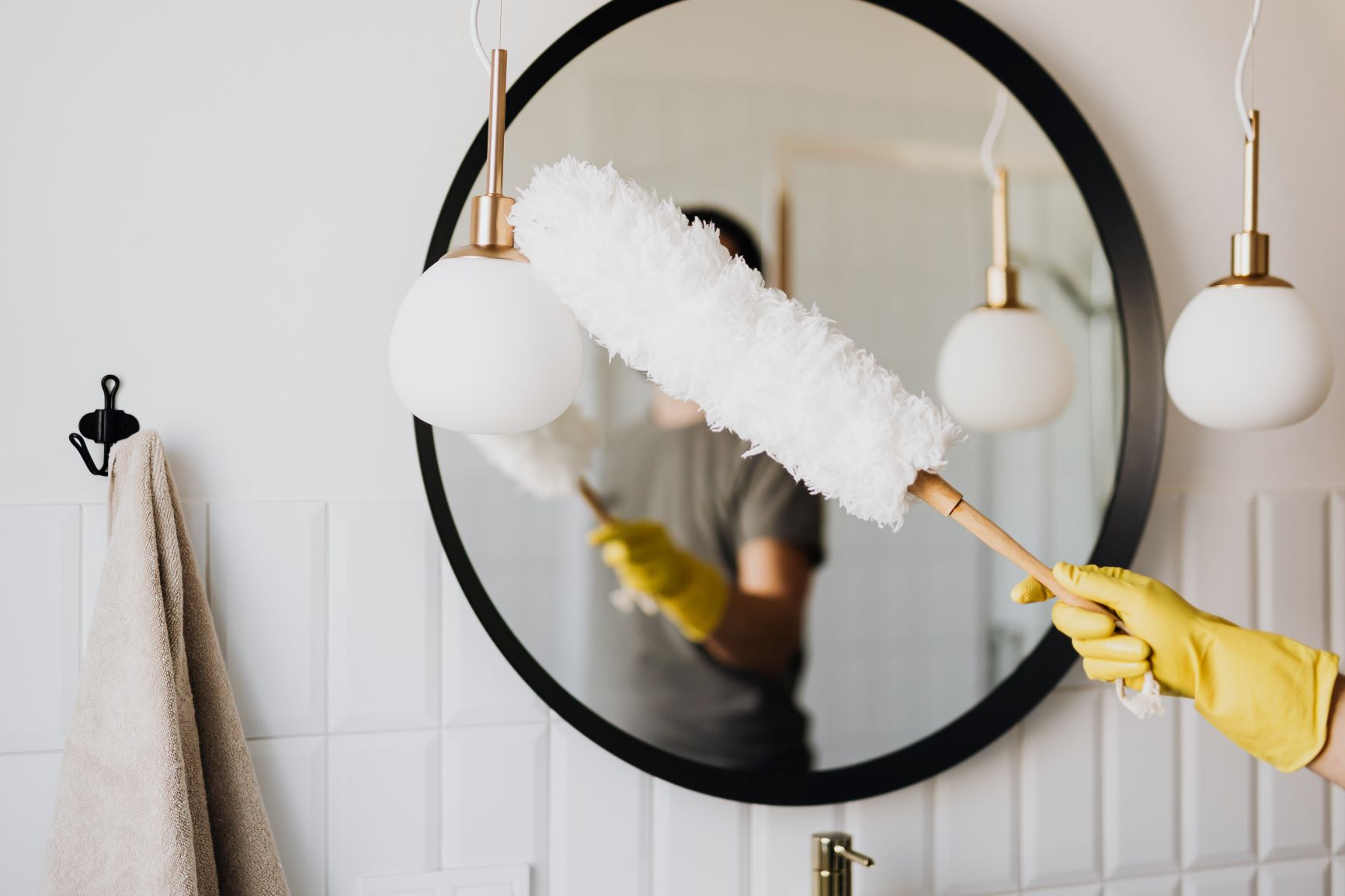Learn all about how the hard soap from Marseille is made, and why the tradition has been around for 600 years. Understand the key processes involved to make savon de Marseille, and weigh in on the heated debate amongst traditionalists over authenticity.
The earliest evidence of soap making we have dates all the way back to Ancient Babylon using water, alkali and cassia oil. However, in Europe, it isn’t until the medieval ages that soap really catches on.
By 1525, a bustling soap making industry developed in Provence, France using animal fats and vegetable oils. Eventually, finer soaps that eliminated the use of animal products became widespread in the region. In 1688, Louis XIV issued the Edict of Colbert, which defined Savon de Marseille as an olive-oil based soap to protect the superior product.
In fact, the olive tree is a sacred symbol of Provence. Olives themselves have a long history as central to culture trade along the Mediterranean from the Greeks to Egyptians, Romans and nearly every major religion. For many, it is a symbol of peace and quality.
While the Edict of Colbert was later modified to include soaps made from any vegetable oil, the use of olive oil in savon de Marseille remains an important tradition. Check out the Belle de Provence Olive Oil Collection for a great line of products honouring this historic practice.
What does Savon de Marseille look like?
Savon de Marseille is a hard soap. It is typically cut into a cube shape and stamped by the soap maker’s unique trademark. Without additives, it is green in colour when using olive oil. It is white in colour when using coco or palm oil as a base.
What is it made from?
Savon de Marseille must be made from a vegetable oil and contain a minimum of 72% saponified oil. Caustic soda, soda lye and water are all used during the soap making process.
How is it made?
It can take 20 days to produce a pure bar of Marseille soap. The vegetable oil, caustic soda, and sea salt are mixed to create a soap paste. It is then brought to a boil in a large cauldron in a process called saponification. After boiling, lye is added to separate the soda from the soap, which rises to the top. This is called epinage.

The soap paste is cooked for around 10 days, and washed several times before a final epinage. The soap settles for two days before being cut and stamped. It then dries for another six days or so.
For scented soaps, the fragrance is added after the manufacturing process. The soap is broken into flakes, and blended with pure fragrances. It is then compressed multiple times in a mill to remove air and ensure a dense, high-quality product.
Why is it better?
Made from natural ingredients, Savon de Marseille is a long-lasting soap. It is also extremely versatile, and can be used to wash your laundry or even the dishes if you wanted. Entirely biodegradable, it is natural, pure and high quality.
Savon de Marseille is eco-friendly in terms of both how it is made, but also in helping to reduce your carbon footprint. Due to the high quality of the soap, you won't need to constantly worry about purchasing new soap, which saves you time, money, and reduces waste from product packaging.
Plus, it leaves your skin feeling soft and supple.
What counts as ‘traditional’?
Despite the technical process, unlike Champagne, Savon de Marseille does not have a protected designation. However, there are many traditionalists pushing the French government to put in place a geographical indication (GI) to differentiate between the ‘real thing’ and cheaper replications. The GI designation currently protects many French wines and cheeses on the global market.
Unfortunately, there is a great debate between Marseille soap producers themselves about what is considered authentic. Many French soap makers incorporate certain additives and perfumes to the traditional recipe to create quality fragrant soaps for consumers. However, some believe only soaps made with vegetable oil and soda ash in the cauldron from the Bouches-du-Rhone region can be classified as Savon de Marseille. This strict designation excludes a huge number of producers in Southern France, and ignores what customers actually want from a soap like fragrant options and qualities like moisturizing additives.
No matter which side of the debate you fall on, there can be no doubt Savon de Marseille in one of the purest soaps available with a long and rich history enjoyed by kings and locals alike. It is an undeniable symbol of Provence, France, and quality.












